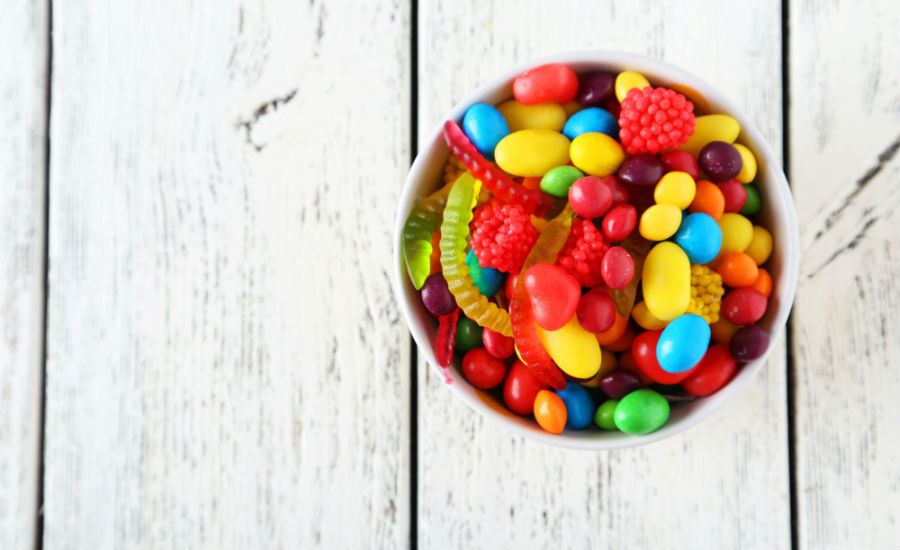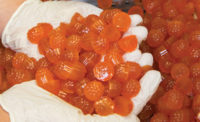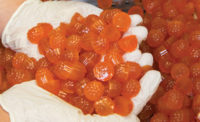The U.S. non-chocolate candy market is poised to reach $12.42 billion in 2023, according to a new report from Packaged Facts.
The research firm projected the non-chocolate candy market would grow by a compound annual growth rate of 2.6 percent over the next five years. Sales of non-chocolate candy are expected to hit almost $11 billion in 2018.
Packaged Facts noted these totals represent about half of projected chocolate sales, which are pegged to top $23 billion in 2018 and $26 billion in 2023.
“Candy marketers will continue to develop fun and flavorful products, with an even greater focus from the non-chocolate side of the candy aisle on novel product experiences,” the report’s executive summary reads. “Taste is the biggest driver of choice, followed by texture, and consumers continue to seek out products that offer these experiences, whether classic and nostalgic or new.”
Packaged Facts also cited the ongoing shift toward “better-for-you” sweets that are organic, natural or made without GMOs, high fructose corn syrup and artificial colors and flavors.
“Non-chocolate candy is about indulgence and a sugar rush, and disproportionately appeals to children and younger adults,” the report reads. “For the not-so-young at heart, some focus will be placed on creation of better-for you candies that feature nutritious ingredients or inclusions such at nuts, seeds, botanicals, and fruit.”
In terms of shopping channels, supercenters and mass discount centers led the way in 2017 with 23 percent of non-chocolate candy sales, representing $2.45 billion. Convenience stores followed with 21 percent of non-chocolate candy sales, representing $2.23 billion. Grocery stores took third with 19 percent of non-chocolate sales, generating $2.02 billion.
Packaged Facts also pointed to how changes in checkout line configurations and increasing popularity of online shopping can affect candy sales.
“Industry research on candy purchases shows that 80 percent of volume is purchased on impulse,” the report reads. “Even if the check-out lane can be overrated as candy buying territory, the proliferation of self-checkout lanes at supermarkets cuts out the front-end holding pen where consumers are lined up next to categories of high-margin impulse purchases, especially candy, gum and magazines.
“Although online sales for candy are relatively small, they could increase with the advent of online grocery shopping, which allows consumers to receive candy and other foods without having to browse store shelves.”





